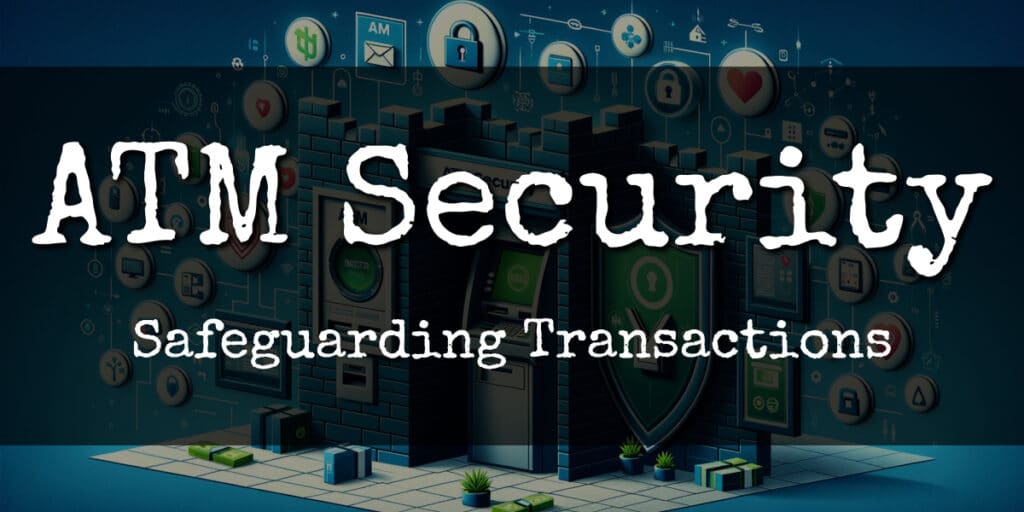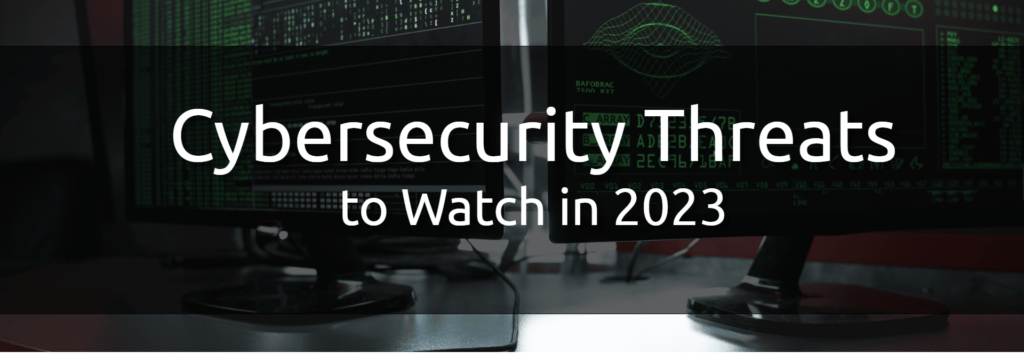How can you ensure that your ATMs are shielded from criminals? Navigating the maze of ATM security can feel daunting, with risks like skimming and data breaches at every turn.
This guide demystifies the most common security threats to your ATMs and arms you with practical tools to maintain robust protection of your business and customers at the ATM.
On This Page:
Key Takeaways
- ATM security risks encompass both physical tactics like skimming and explosive attacks, as well as digital threats, including malware and data breaches, necessitating comprehensive security measures.
- Enhancing ATM security involves strategies like strategic machine placement, upgrading locks and access controls, cybersecurity measures, and the development of advanced technologies to safeguard transactions.
- Preventive tech solutions such as biometric authentication, anti-skimming tools, and remote monitoring systems are critical in fortifying ATMs against a variety of security threats.
Types of ATM Security Risks
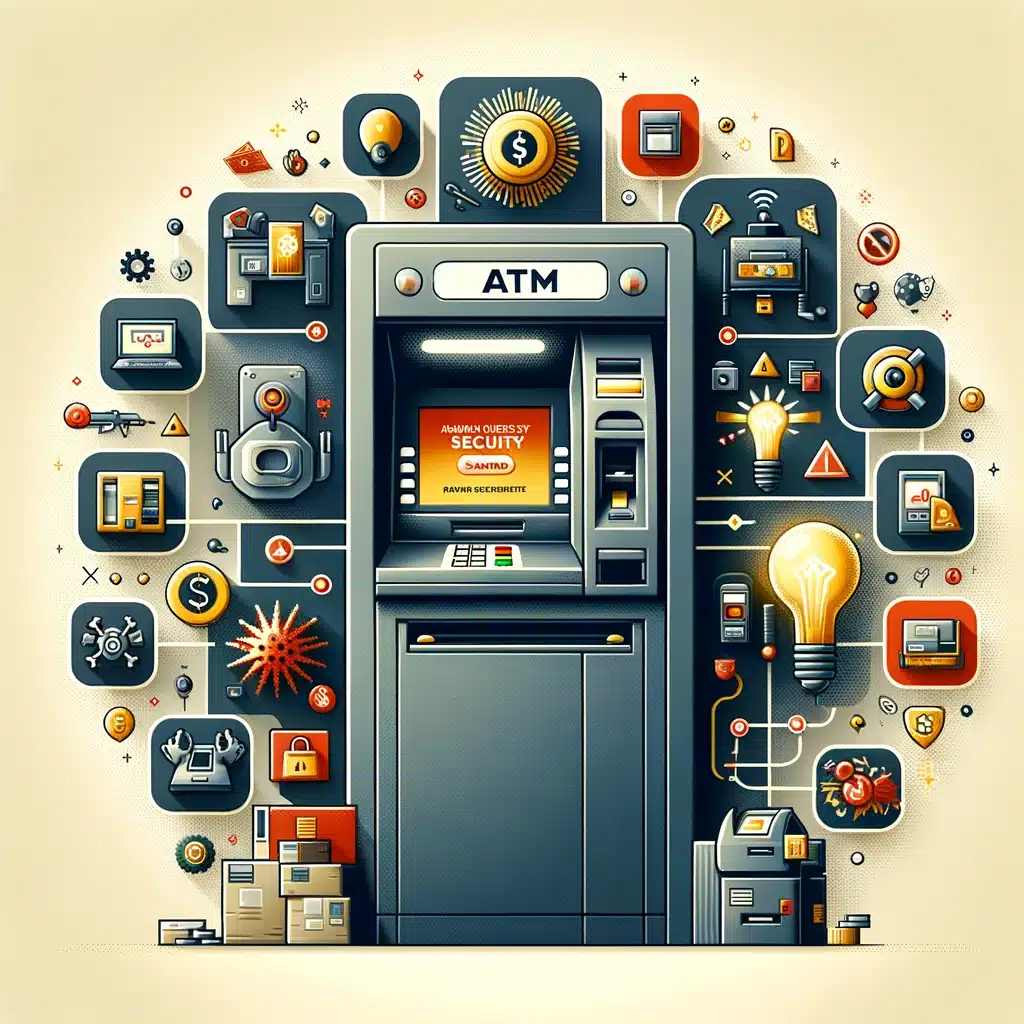
ATMs are a cornerstone of the modern banking industry. However, these machines are not impervious to threats. They face a myriad of security risks, both physical and cyber in nature, that could jeopardize the safety of your business and customers. Some common threats to ATMs include:
- ATM skimming
- Explosive attacks
- Card trapping
- Cash trapping
- Shoulder surfing
- Malware attacks
Moreover, ATMs are vulnerable to cybersecurity issues, such as network vulnerabilities, configuration errors, malware infections, and data breaches. These digital threats can compromise customer data and financial security, making it crucial for financial institutions to implement strong cybersecurity protocols to protect against these risks.
The diverse array of security risks necessitates active implementation and rigorous maintenance of security protocols and safeguards by ATM owners. We’ll examine some of these risks more closely.
ATM Skimming
Among the plethora of threats ATMs face, ATM skimming is perhaps the most infamous. This insidious practice involves the use of deceptive devices installed on ATMs to stealthily capture ATM card details and PINs. These devices are often installed on the card reader insert area and are cleverly disguised to look like part of the ATM machine, making them difficult to spot.
Once installed, these skimming devices can capture the data of up to 2,000 cards. The cardholder data is then transmitted to the criminals, who use hidden cameras to record PINs as users slide their cards through the counterfeit readers. Hence, detecting these devices is key to safeguarding customers’ bank accounts from unauthorized use.
Shimming: The Chip Card’s Adversary
While skimming primarily targets magnetic stripe cards, chip cards are not immune to fraudulent schemes. Enter shimming, a form of electronic theft that intercepts data from a chip card’s chip during a transaction. Shimmers are typically smaller and less conspicuous than traditional skimmers, making them harder to detect.
Despite their small size, shimmers can cause significant damage by creating a magnetic stripe version of the card using the intercepted data. Spotting a shimmer can be challenging, but certain signs can raise red flags, such as difficulty inserting the card into the reader, misaligned card readers, or readers moving when jostled.
Physical Attacks: From Cash Trapping to Explosives
Aside from cyber threats, ATMs, especially drive-up ATM machines, are susceptible to physical attacks. These attacks range from cash-trapping methods to the use of explosives, posing significant risks to the physical security of both the machine and the surrounding area.
Cash trapping involves devices that mimic the ATM’s authentic dispenser and target ATMs with fewer security measures. Cash trapping can escalate to more dangerous methods, such as explosive attacks. These attacks often involve gases like Oxyacetylene or solid explosives such as dynamite, causing severe damage to the ATM, the building, and can even harm bystanders.
To prevent or reduce the severity of such attacks, security measures can include intelligent banknote neutralization systems, sirens, security cameras, and fascia protection.
Enhancing ATM Security
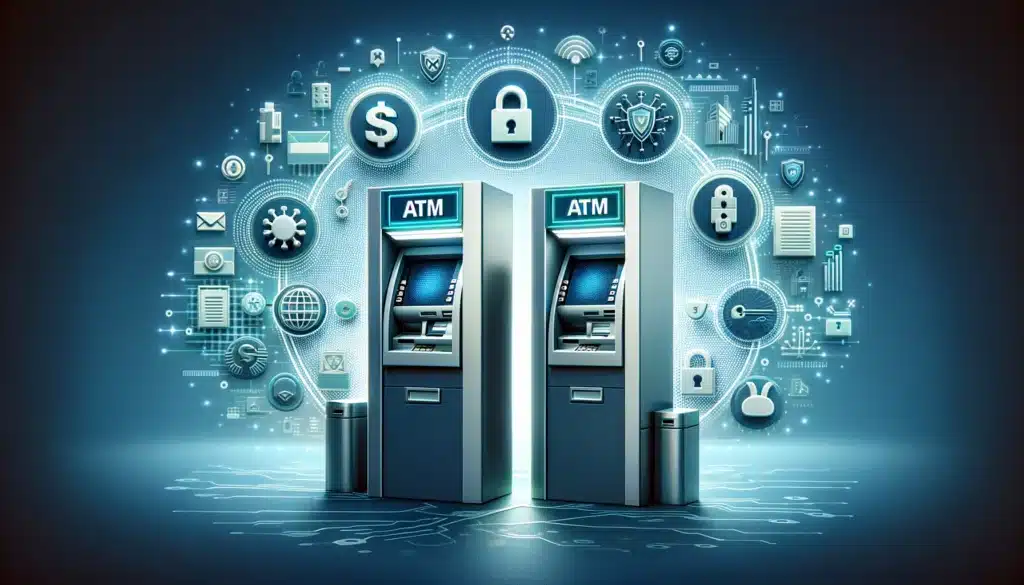
Understanding the risks ATMs face underscores the need for a multi-faceted approach to enhance physical ATM security. This involves strategic placement of ATMs, upgrading locks and access controls, and implementing cybersecurity measures for modern ATMs.
Strategic ATM Placement
The placement of an ATM can significantly influence its security. ATMs placed in poorly lit areas or locations with obstructions, such as bushes, are more susceptible to crimes, especially during high-risk hours from 7:00 p.m. to midnight.
Strategic placement of ATMs in well-lit, easily monitored areas with environmental sensors and security cameras is imperative. This not only deters potential criminals but also gives customers a sense of security while using the ATM, ensuring their continued patronage.
Upgrading Locks and Access Controls
Similar to the influence of ATM placement on its physical security, its physical structure also plays a significant role. ATMs should be equipped with advanced lock systems to prevent unauthorized access.
By installing strong physical security measures, including robust locks and secure and sophisticated lock systems, ATM owners can deter intruders and protect crucial ATM components such as the computer, network equipment, security module, card reader, and dispenser. Scheduled and random physical checks of ATMs by branch staff and technicians can also significantly improve ATM security.
Cybersecurity Measures for Modern ATMs
With the surge in cyber threats, deploying effective cybersecurity measures for modern ATMs becomes imperative. Regularly updating ATM software guards against the newest kinds of cyber threats, helping to maintain the integrity of ATM security systems.
Additionally, modern encryption methods, including the triple data encryption standard (3DES), can secure sensitive card information and ensure data security, preventing unauthorized access to ATM data.
Furthermore, comprehensive software solutions specifically designed for ATMs can provide transaction security and protection against tactics like ATM jackpotting, wherein malicious software forces the machine to dispense cash.
ATM Transaction Safety Protocols
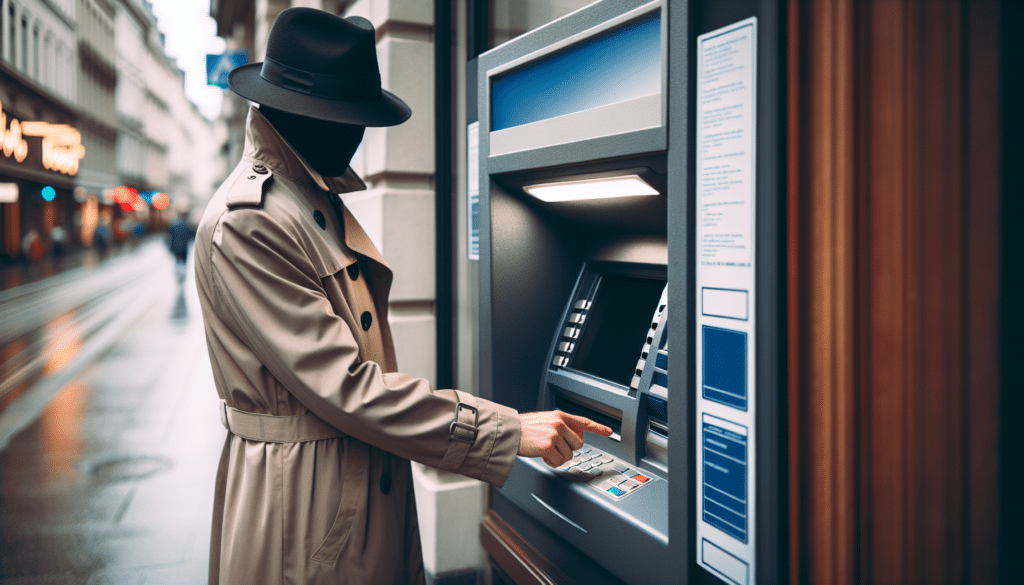
While the physical and cybersecurity measures discussed thus far are essential, ATM transaction safety protocols warrant equal attention. These protocols involve shielding the keypad during PIN entry, using secure card reader technologies, and implementing biometric authentication.
The nature of ATM transactions, which necessitate users to enter sensitive information like their PINs, makes these safety protocols particularly crucial. Incorporating measures such as ACCEPT messages for every card transaction at ATMs can enhance security by confirming the legitimacy of the transaction.
Shielding the Keypad
Shielding the keypad during PIN entry is the simplest yet one of the most effective ATM transaction safety protocols. This act can thwart hidden cameras and shoulder-lookers, preventing PIN theft.
It’s important to remember that criminals often use pinhole cameras to capture a user’s PIN entry when using an ATM. Therefore, covering the ATM keypad with a shield can make a significant difference in protecting a customer’s PIN and, by extension, their bank account.
Secure Card Reader Technologies
Alongside shielding the keypad, using secure card reader technologies can protect card information during transactions. Counterfeit PIN pads can be a sign of tampering. If the PIN pad feels loose, thick, or sponge-like, it can indicate tampering.
The role of secure bank card reader technologies cannot be overstated.
Preventive Tech Solutions for ATMs
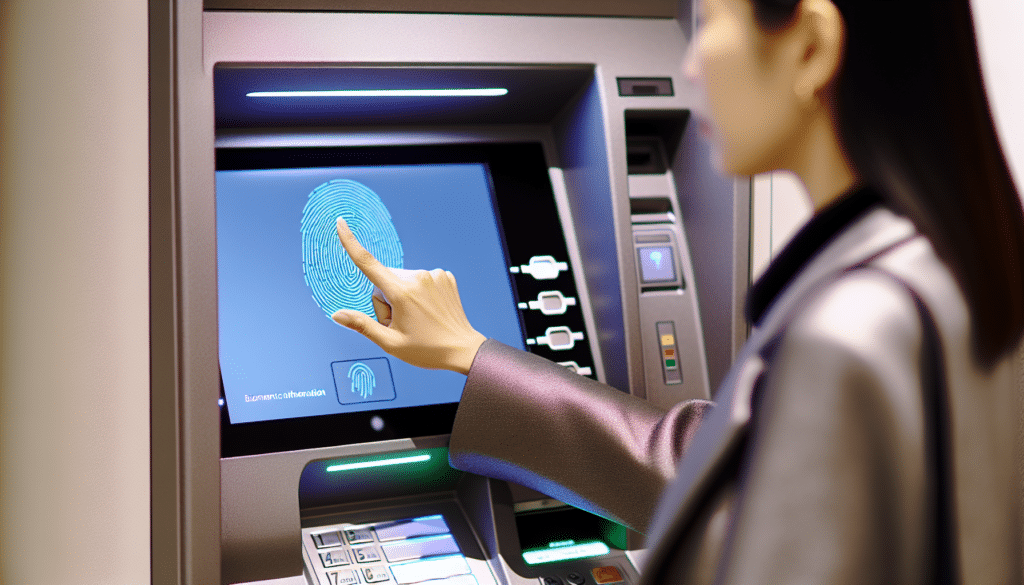
Preventive tech solutions are another crucial facet of ATM security solutions. These solutions include biometric authentication, anti-skimming software and hardware, and remote monitoring and incident response systems.
Biometric Authentication
Biometric authentication enhances ATM security by verifying users’ identities through methods like fingerprint and facial recognition. Multispectral imaging (MSI) and advanced presentation attack detection are used to protect against spoofing attacks like high-definition photos, masks, or fake fingerprints.
Moreover, facial recognition technology reacts to users’ faces to detect threats, while fingerprint verification adds another layer of security by matching scanned fingerprints with a secure, encrypted database. These systems prioritize customer privacy by storing a unique, random trusted identity for each individual in an encrypted format.
Anti-Skimming Software and Hardware
In the fight against skimming, anti-skimming software and hardware play a crucial role. These technologies help prevent skimming devices from reading card data.
They can be universally fitted across various ATM models without the need for software upgrades or causing service interruptions, minimizing downtime. These solutions can detect the presence of skimming devices and can be integrated with alarm systems and video surveillance to issue immediate alerts, enhancing the security response.
The modular and upgradable nature of these solutions provides a scalable defense, allowing them to evolve alongside skimming tactics to offer enduring protection against this pervasive security threat.
Remote Monitoring and Incident Response
Remote monitoring systems, such as ATMeye.iQ, offer real-time dashboards that provide comprehensive oversight of an entire ATM network for enhanced security management. They enable incident investigations by connecting transactions with corresponding video footage and ensure secure data transfer between devices and workstations, utilizing a security module for efficient and effective security management of ATM networks.
Beyond just monitoring, these systems secure ATMs with features like overcrowding control alarms, vibration sensors for unauthorized access, transaction cameras, behavioral analytics, and face detection technology to flag potential fraud.
Empowering Financial Institutions
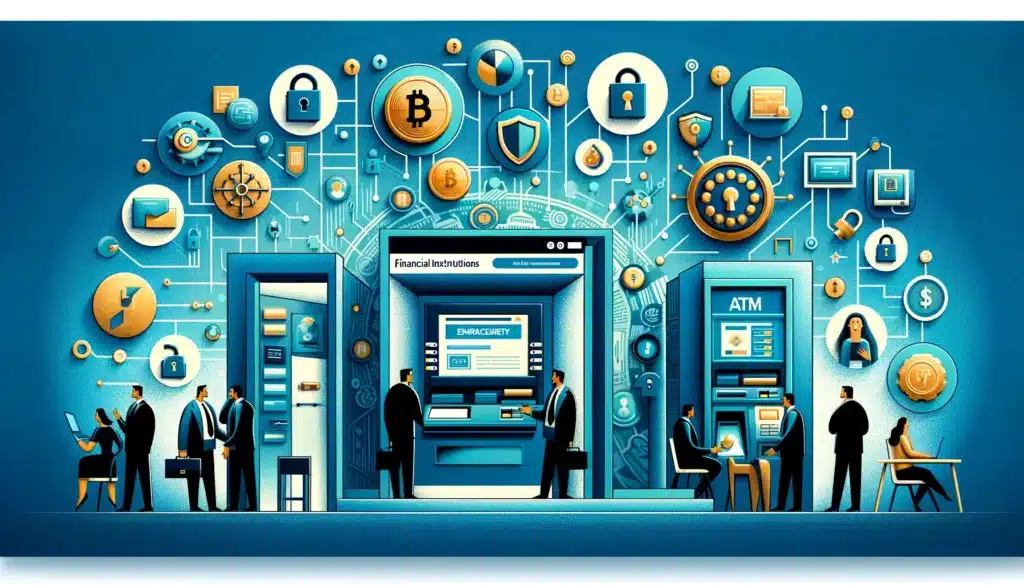
Despite the pivotal role of technology in ATM security, the significance of the human element cannot be downplayed. This involves training bank employees on security protocols and implementing customer awareness programs.
Financial institutions can cultivate a comprehensive culture of security, transcending mere compliance with regulations and standards, by elevating the knowledge and skills of bank employees and customers.
Training Bank Employees on Security Protocols
Training bank employees on ATM security protocols helps them effectively identify signs of tampering and respond to suspicious activity. This training can include hands-on sessions with actual ATM machines, allowing employees to effectively identify signs of tampering, such as skimming devices or unusual attachments and peripheral devices.
By keeping informed about new security technologies and emerging trends in ATM fraud, you can stay one step ahead of criminals.
Customer Awareness Programs
Equally important is the role of customers in maintaining ATM security. Customer awareness programs can encourage regular account monitoring and educate users on potential risks and preventive measures to deter fraud.
Customers should be encouraged to cover the ATM’s keypad when entering their PIN, to keep an eye out for skimming devices, and to regularly check their account’s transaction history to stay ahead of any fraudulent activity, such as credit card fraud, that could result from skimming.
Summary
The security of ATM transactions is a multi-faceted issue that requires a comprehensive approach. From acknowledging the various risks to implementing enhanced security measures and preventive tech solutions, every step is crucial in safeguarding ATM transactions.
By empowering ATM owners with knowledge and tools, we can foster a holistic culture of security that goes beyond mere compliance with regulations and standards.
So, let’s act now. Let’s safeguard our customers, secure our ATMs, and ensure a safer banking experience for everyone.
